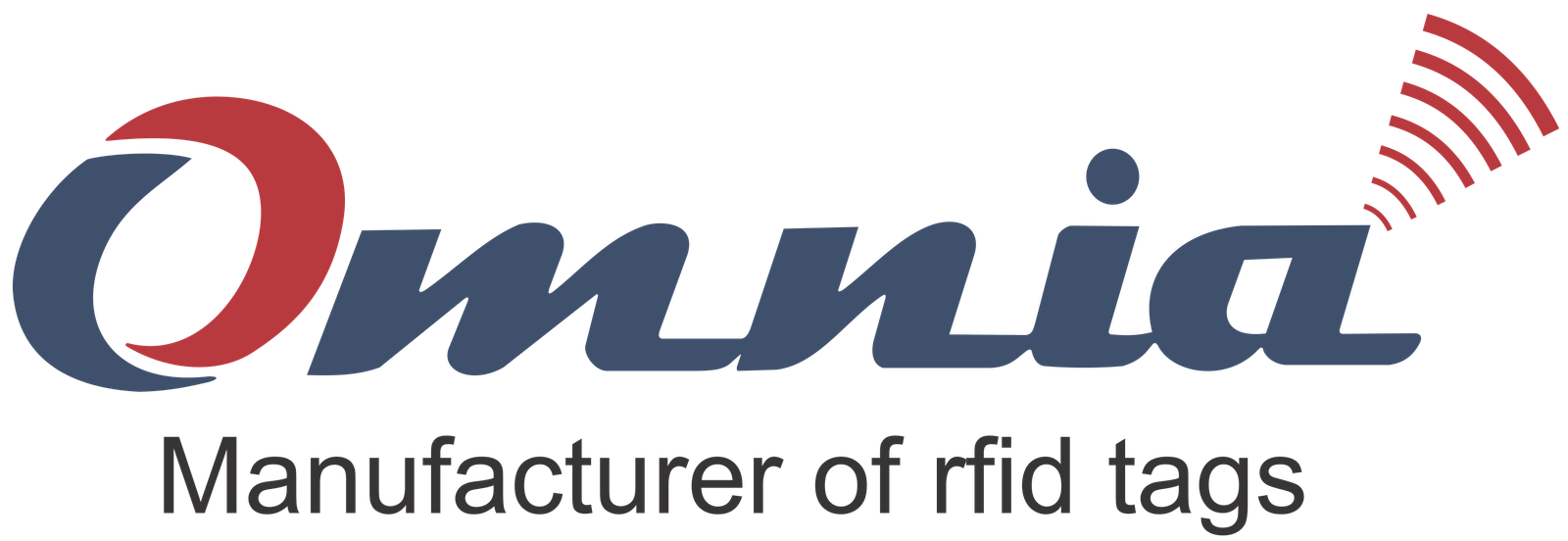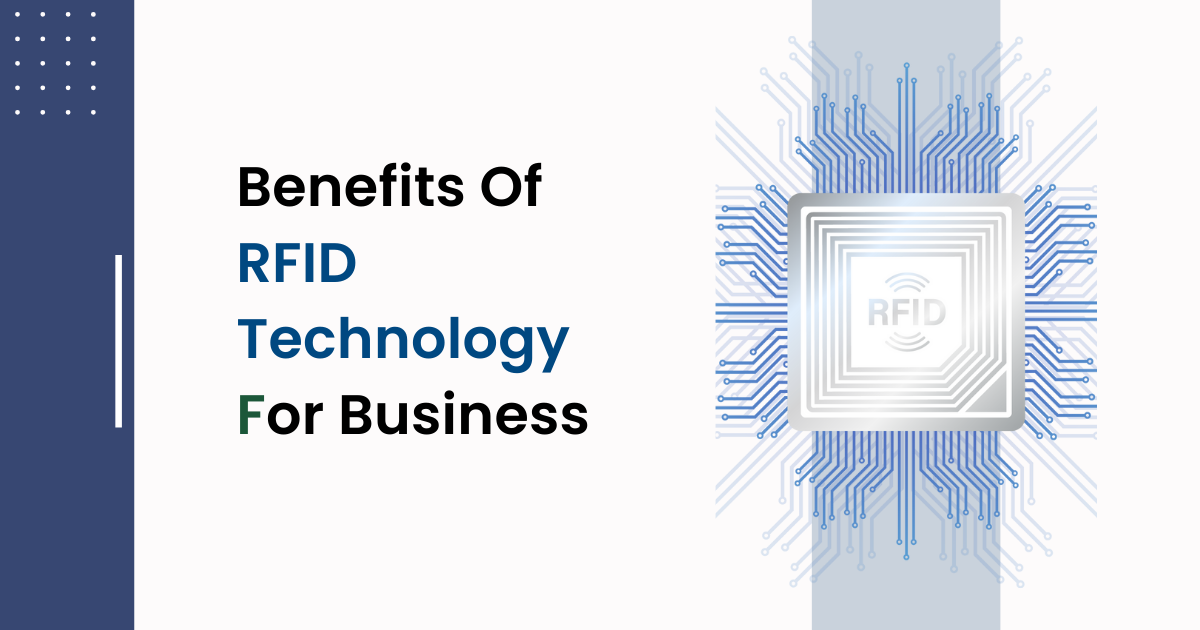RFID has been described as the “world’s oldest new technology”, whereas the use of Radio Frequency Identification (RFID) technology is growing now! A study shows, RFID technology is at a growth since it is being adopted by more companies each year. It is implemented in various sectors, and used for very different purposes. This is because of benefits derived from using RFID technology; it makes tracking, identification & recording convenient for various industries.
Benefits of RFID technology for Business:
Optimum Utilization of Assets
Asset management is the most common use of RFID technology for any business. Companies tag their asset to track and record the number of assets, and manage them. Most companies do this to store relevant information about the asset through RFID technology. It improves the reliability on assets- a manager can monitor maintenance cycles, analyse costs, and review asset availability. Examples include tagged machines where the maintenance history and all information are stored on the tag. Every company needs to keep track of its assets. Asset management through RFID technology helps businesses to streamline their operations. Keeping a track of assets gives a clear picture of the company, and helps in reducing cost and optimum utilization.
Visibility in flow of Items
RFID technology creates a visibility in operations and reduces manual inventory management process. By creating visibility in flow of items business can cut down extra cost and improve work flow. RFID tags are attached to an item which moves along the supply chain. These tags have a unique identification number with all the information stored on its IC. As the item move along supply chain it is not required to manually track it. For example- Among retailers, the benefit of RFID is its potential to create visibility and reduce manual interference, thus an error free process. Retailers could track the tagged products as they move along the distribution tiers (from manufacturer to store shelves).
The main benefit of RFID is visibility!
Inventory Audit / Management
RFID inventory tracking application solves challenges faced by businesses related to inventory. Manual inventory tracking is a time consuming process also includes higher chances of error. RFID technology helps to overcome this problem by allowing businesses to automatically track and manage data. Inventory is usually traced by business to optimize the stock level; helps in maximizing availability of items according to upcoming requirement, reducing unnecessary inventory and reducing carrying cost.
RFID based Inventory tracking solves these challenges by providing businesses with the means to track the location at item, crate, pallet or conveyor level and to maintain count of inventory at all stages of the supply chain.
For example- For warehousing and distribution, RFID based inventory tracking lowers the cost of verifying contents, locations and availability of needed goods.
Identification of human or object
An RFID tag containing additional identification/authorization information, scanned by a reader tied to a secure access data base, greatly improves security. Human safety is also enabled by RFID. In hospitals, it’s of course critical to ensure that the correct medicine or procedure is given to the correct patient. Unfortunately, even with the ubiquitous wristband identification, mistakes are made. For authentication purposes, RFID is used to provide secure identification mechanisms for persons and objects. Prominent examples of personal authentication are company entry badges, transportation system cards, electronic passports and identity cards.
Automatically recording and managing Information
RFID tags are also beneficial to businesses which require more than one person to perform the same task. This process where many people are involved in performing a particular task may result in inefficiency in overall process. The manual process of recording information for the task performed by each person or, every time a particular asset/document is touched might not be recorded. RFID overcomes this limitation by allowing businesses to record the data on tags and read every time before performing.
For example- Hospitals involve many people, drugs, locations and related documents involved at various points in overall treatment process of a patient. RFID tags can be used to update the patient’s history and intended treatments with every step in the process to greatly simplify the process. This could reduce chance of any error, thus increasing productivity.
NFC based payment
Mobile Payment is a point of sale (PoS) payment method which is done through smart phones. The mobile payment facility has reduced the requirement of carrying cash in hand. Mobile payment is not only convenient but safe also. It requires a technology called Near Field Communication (NFC), which is an extension of Radio frequency identification (RFID) technology that combines the interface of a smart card and a reader into a single device. This allows two-way communications between endpoints, where earlier systems were one-way. For two devices to communicate using NFC one device must have an NFC reader/writer and one must have an NFC tag.One of the most popular uses of RFID today is to pay for road tolls without stopping. These active systems have caught on in many countries, and quick service restaurants are experimenting with using the same active RFID tags to pay for meals at drive-through windows. RFID is also catching on as a convenient way to pay for bus, subway and train rides. RFID technology is used for payment systems to secure transactions. Safety requirements for tags are very high. The systems are further characterized by very low read ranges to avoid mixing different payment cards.
Thus, RFID serves following benefits to business:
It reduces labor costs.
RFID also improves visibility of inventory by providing real-time updates and faster scanning.
RFID tags can hold large amount and different types of data, and that data can be read even in remote locations without a connection to the back-end database.
Durability also increases with RFID tags, it is made for harsh, it more robust and durable in outdoor environment.

